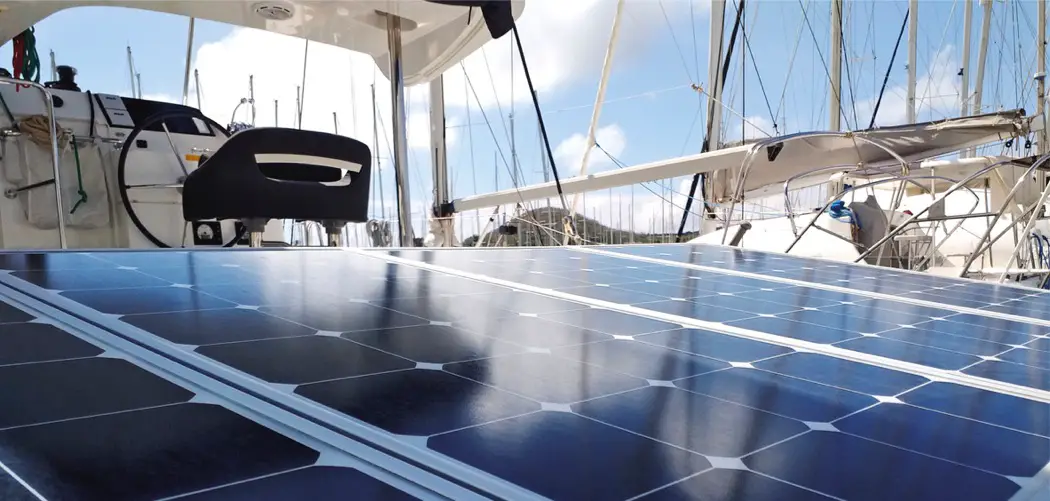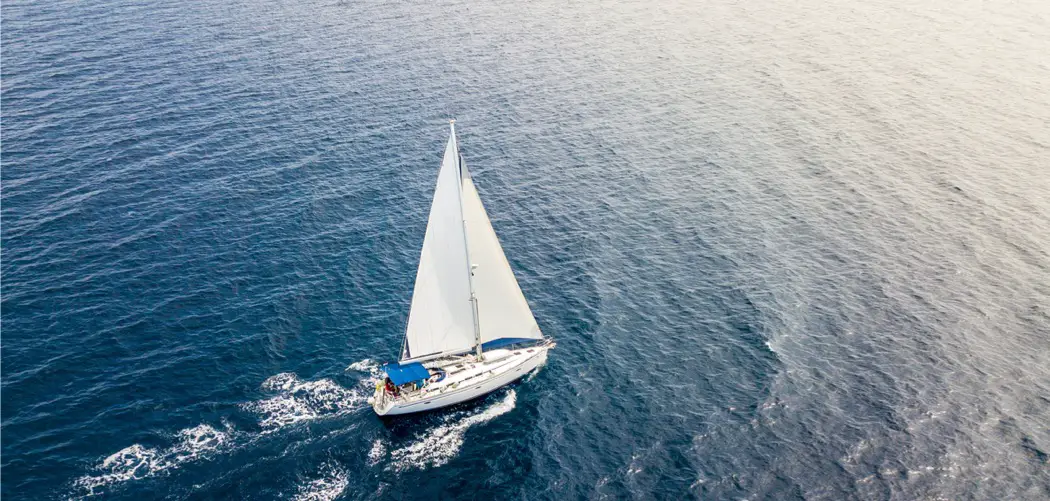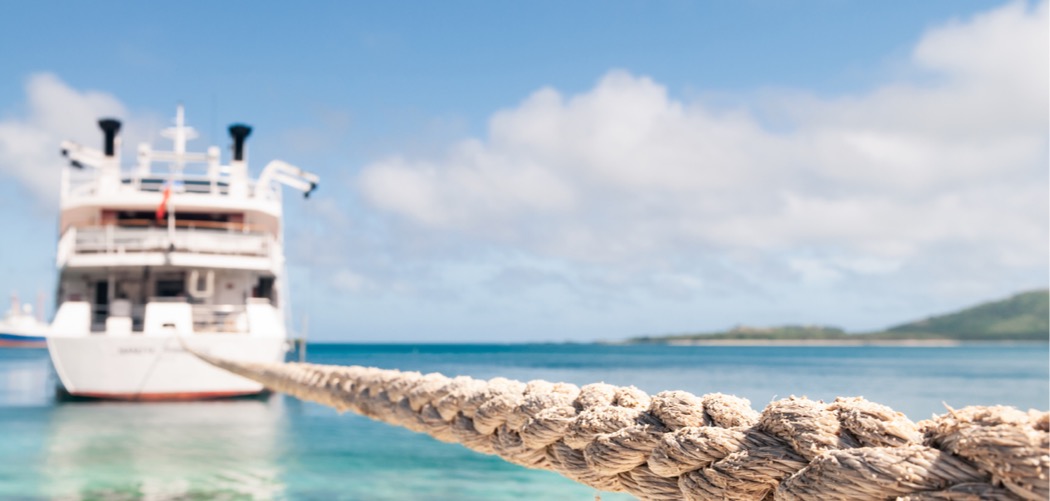If you spend a lot of time sailing or boating, you know that having a quality cooler is important. But the demands of a marine cooler are different from those for one that sits on your patio or you take on the occasional camping trip. Quality marine coolers must handle extreme conditions.
It is safe to say that not all coolers are created equal. There are a lot of marine coolers to choose from and in a range of price points. It can be difficult to know which is the best for your boating needs and suitable to your budget.
Fortunately, there are a few main features that you need in a cooler for your boat. The guide below lays out these qualities and makes some suggestions on products that are sure to hold up even under the harshest of aquatic conditions.
- Best Overall - Pelican 30 Quart Elite Cooler
- Best for the Money - Coleman Coastal Xtreme Cooler
Table of Contents
A Good Looking Product Table
![]()
Swipe the table!
| Size | Weight | Ice Retention | Features | |
|---|---|---|---|---|
| Yeti Tundra 65 | 30.5 x 17.5 x 16 inches | 34 lbs | 10 days | Rotomoulded Construction |
| RTIC 65 | 17.1 x 32.5 x 18.5 inches | 34.9 lbs | 3 - 5 days | Moulded In-side Handles |
| Igloo Marine Ultra | 30.6 x 16.5 x16.13 inches | 11.6 lbs | 4 - 5 days | Stain Odour Resistant |
| Pelican 30 Quart Elite Cooler | 25.3 x 19 x 18.5 inches | 21.67 lbs | 10 days | Built in bottle opener |
| Coleman Coastal Xtreme Cooler | 28.1 x 15.5 x 17.7 inches | 11.9 lbs | 5 days | Closed lid supports 250 lbs |
Features to Look For In A Marine Cooler
A marine cooler needs to be able to hold up under the tough conditions that exist on the deck of a boat. These include extreme temperatures, direct sunlight, and exposure to saltwater. You also will want your cooler to have anti-skid feet, so that it doesn’t go sliding with every swell. Quality components that are resistant to corrosion are important as well.
A mediocre ability to keep ice may be enough for a cooler that sits in the shade at a picnic for a few hours. But long days on the water warrant a cooler that has superior insulation and ice-retention capabilities.
High-end marine ice coolers will ensure that you have cold drinks or can store fish even after hours on the water. Some can keep ice cold for up to 10 days, even in extreme heat. Before you go ahead and consider purchasing the best marine cooler for your needs be sure to consider these important features:
Insulation and Thickness
How well will the cooler hold in the cold? Insulation thickness is one the best determining factors that can give an idea of the coolers efficiency. The thicker the insulation the more ice it can hold. Other things that many have an affect on the efficacy are how well the top seals close and how it’s held down. Always look at the cooler’s lid and make sure it has sufficient insulation. The lid takes much of the heat when your cooler sits outside, and having a thick layer between the elements and the ice will be beneficial for you as it makes for better cooling capabilities.
Durability
When thinking about which cooler to purchase, consider how much much punishment it can take. If you plan on using a cooler on a boat you’ll obviously want one that can handle being thrown about. A tough exterior made of harder plastic or metal will increase the cost of a cooler but will give you peace of mind especially if your using in it tough marine conditions.
Sturdiness
Depending upon how you want to use the cooler, you may like to consider wheels as it makes it easier to cart the cooler around but if you do this ensure that the wheels can lock in place. Check to see if the cooler has non-slip padding or protection and and if it’s weighted as you don’t want a cooler that is tumbling around.
Below are some of the best-performing marine coolers available that take these into consideration. Each has different attributes, and we included one for every budget.
Yeti Tundra 65
 Other coolers can compete with Yeti in performance, but not when you factor in weight. If you want the highest-performing cooler at the lowest possible weight, Yeti is hard to beat.
Other coolers can compete with Yeti in performance, but not when you factor in weight. If you want the highest-performing cooler at the lowest possible weight, Yeti is hard to beat.
The Yeti Tundra 65 weighs is one of the best-rated marine coolers out there. It weighs in at just 29 pounds, which is extremely light when you factor in performance and capacity.
This cooler is roto-molded and has a 3-inch polyurethane foam insulation. You can expect to get around seven days of ice from it, slightly less in high temperatures.
Yeti’s robust rubber gaskets ensure that the cooler stays air-tight, and they will not wear out after years of use. The hinges and latches are made from stainless steel. They will not corrode over time, even with exposure to saltwater (although, it is always a good idea to rinse your cooler with fresh water after each excursion).
The Tundra has no-slip feet, so you can be confident it will stay where you put it, even in heavy seas. It’s sturdy enough to use as a seat, and you can even stand on it.
Another great feature of Yeti coolers is that they are UV-resistant, so they will not fade in the sun. This model comes with a dry goods basket. It has slots for dividers, but they do not come with the cooler.
Unless you can find it on sale (which is hard to do), the Tundra 65 costs about $350. Yeti also makes larger sizes, from 75 up to 350 quarts, that run from $450 to $1,300.
RTIC 65
 Several brands are very competitive with Yeti in performance and blow them out of the water when it comes to price. RTIC is one of these. The RTIC 65 is about $100 cheaper than its Yeti counterpart, coming in at around $250.
Several brands are very competitive with Yeti in performance and blow them out of the water when it comes to price. RTIC is one of these. The RTIC 65 is about $100 cheaper than its Yeti counterpart, coming in at around $250.
We already mentioned that cheap marine coolers come with some drawbacks. With the RTIC 65, the deficit is in weight.
Empty, this cooler is almost 37 pounds. That means, fully loaded, it may be too much for one person to handle.
Note that RTIC has started making an ultra-light cooler, which is still high-performing, although not at the level of their standard hard coolers. The largest available is 52 quarts, which is still a lot of storage capacity. If you like this brand and want to keep the price lower, this may be an option for you.
Otherwise, the RTIC 65 is right there with Yeti when it comes to performance. You can expect a similar level of ice-retention, upwards of a week in moderate conditions, and three to four days in extreme heat.
It has a very similar design as the Tundra. It is a roto-molded cooler with heavy-duty components. The 65 also includes non-slip rubber feet and is very sturdy in general.
Igloo Marine Ultra
 If days of ice-retention aren’t a priority to you, some alternatives will save you some money and do as well on single-day trips. And you can find options that offer much larger storage capacity.
If days of ice-retention aren’t a priority to you, some alternatives will save you some money and do as well on single-day trips. And you can find options that offer much larger storage capacity.
The Igloo Marine Ultra comes in more than a dozen different sizes, from 30 quarts up to 165 quarts. You can find their 72-quart model for under $100.
As the name suggests, the Marine Ultra is designed to be on a boat. It has a UV-protected outer shell, so it will not fade or become discolored in the sun. It is also very resistant to mold and mildew buildup.
The handles of the Igloo are plastic and do not have the neoprene grips like the Yeto or RTIC. Its latches are plastic as well and less heavy-duty than its higher-end competitors. This is still a rugged cooler though, one you can expect to last a long time and hold up under harsh conditions.
Regarding performance, you should not expect to get more than a few days of ice retention. But, for day trips or even overnights, this cooler will perform quite well.
Pelican 30 Quart Elite Cooler
 The Pelican 30 Quart Elite Cooler is an impressive marine cooler which is specifically designed to be used in tough aquatic conditions and it’s even rated bear proof. If you think we’re making this up we’re not: The Interagency Grizzly Bear Committee certifies only a handful of products as “bear resistant” to meet food regulations in national forests and only a few coolers meet thier strict criteria.
The Pelican 30 Quart Elite Cooler is an impressive marine cooler which is specifically designed to be used in tough aquatic conditions and it’s even rated bear proof. If you think we’re making this up we’re not: The Interagency Grizzly Bear Committee certifies only a handful of products as “bear resistant” to meet food regulations in national forests and only a few coolers meet thier strict criteria.
This cooler features two-inch thick polyurethane insulated walls and a 360 degree freezer grade gasket which does such a good job of insulating that it will keep ice cold for the long haul (up to 10 days depending upon weather conditions).
Designed with durability in mind, the hard moulded plastic can withstand the harshest of conditions. The dual hinges are ruggedly built, the press and pull latches are easy to operate and use. Add in a few more perks like a built-in fish ruler, built it bottler opener, lockable hasp and non skid raised feet—this is one of the best cooler that you can buy.
The Pelican Elite Coolers are available in 20, 30, 50, 70, 95, 150, 250 quart models and the prices are quite affordable when we’ve compared them to other marine coolers.
Coleman Coastal Xtreme Cooler
 The Coleman Coastal Xtreme Cooler is great value for money as it’s versatile, compact, spacious and reliable. This cooler can hold up to 100 cans with additional room for snacks and drinks, not only this but it’s size ensures that it’s easy to carry around and manage. If the thought of carrying a cooler seems daunting Coleman also make a similar model with wheels.
The Coleman Coastal Xtreme Cooler is great value for money as it’s versatile, compact, spacious and reliable. This cooler can hold up to 100 cans with additional room for snacks and drinks, not only this but it’s size ensures that it’s easy to carry around and manage. If the thought of carrying a cooler seems daunting Coleman also make a similar model with wheels.
The cooler features premium Xtreme insulation technology which entails thicker insulated walls as well as extra insulation included in the lid. It can hold ice up to 4 – 7 days. The Coleman Coastal Extreme Cooler is specially designed to sit in the sun so it will not get faded or damaged after prolonged use in sunlight. In addition the cooler also has cup holders moulded into it.
The cooler lid is efficient, robust and sturdy it can support up to 250 pounds and can be used as an additional seat. The Coleman Xtreme has a channelled drain which makes draining easy and does not require much tilting. Unlike it’s competitors it features replaceable hardware and this is important as the first thing that wears out is usually a hinge or a handle and having a replacement means a cheap repair instead of a brand new purchase. At the minute you can buy Colemans replacement hinges for $10 and handles for around $12.









